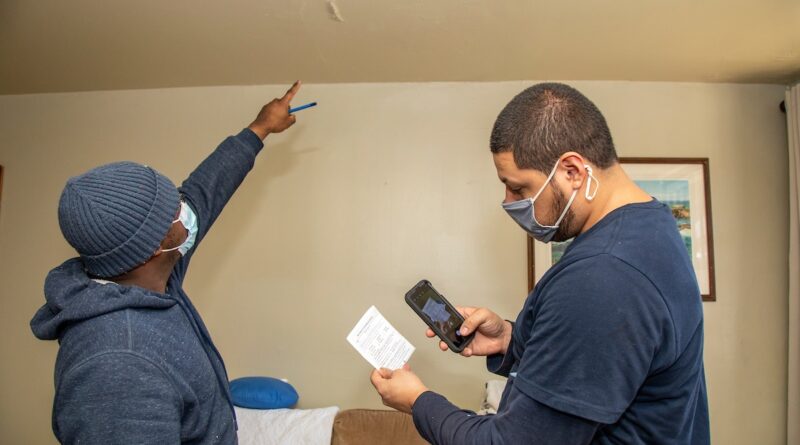Stakeholders Give Thumbs-up to NYCHA’s Work Order Reform in Queens, Staten Island
A new process of scheduling work orders in NYCHA buildings is already making strides in Queens and Staten Island communities, according to several of those who have experienced the changes firsthand.
After an initial pilot period, NYCHA launched its Work Order Reform program across Queens and Staten Island late last year, seeking to improve the resident and employee experience during the repair process as part of the Authority’s Transformation Plan. The program revamps the work order scheduling process, requiring that all necessary work orders for a resident’s request be made simultaneously on-site during the first maintenance visit.
In addition, the program decentralizes skilled trades jobs by stationing the workers at a specific consolidation or “Neighborhood.” Skilled trades workers are those who perform specialized repairs in apartments, including painters, plasterers, carpenters, plumbers, electricians, and bricklayers.
Through this decentralization, the program aims to create more transparency and shorter wait times for NYCHA residents who have requested repairs. Having the skilled trades workers assigned to a particular site instead of being borough-based eliminates their travel time between developments, resulting in fewer service delays.
Under the new system, a maintenance worker will now open all necessary work orders for an apartment during the first visit. Residents can then call their neighborhood planner to schedule all skilled trades repairs at once. In the former system, the next step in the repair process was only scheduled once the previous step was completed.
NYCHA’s full rollout of the program across Queens and Staten Island comes after the pilot initiative at four Queens developments in 2020 resulted in a 15 percent increase in employee productivity.
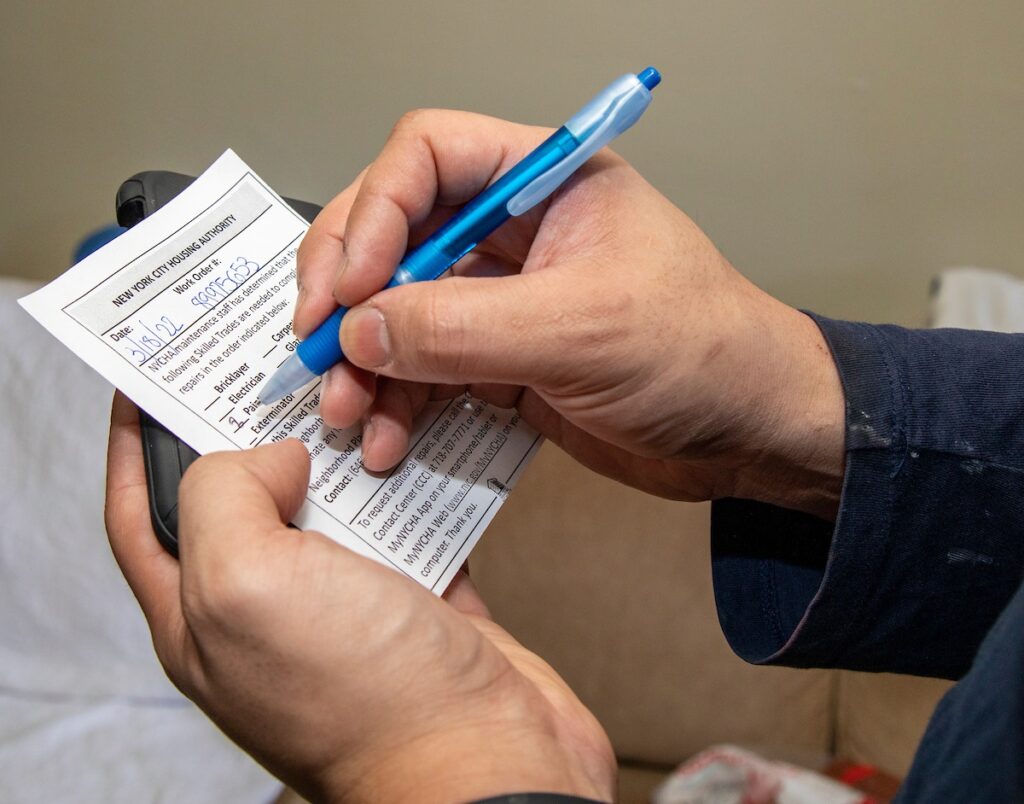
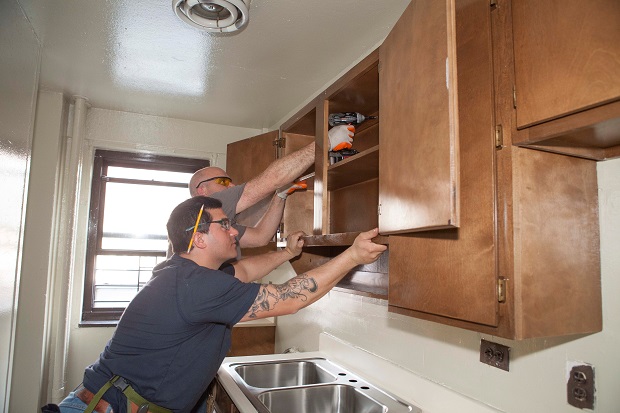
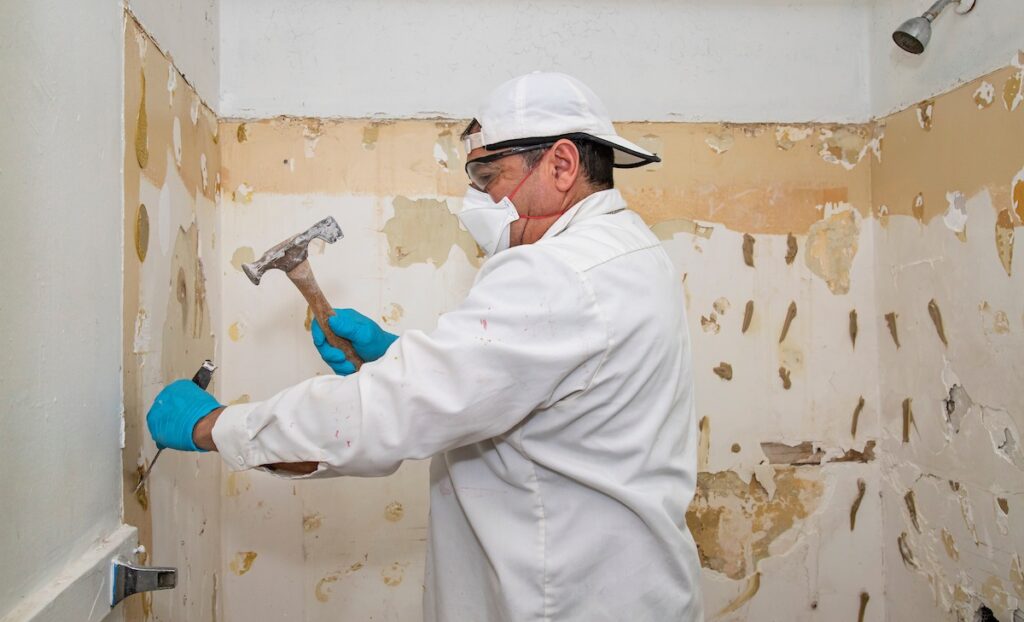
Prior to the work order revamp taking effect last year, Staten Island Neighborhood Administrator Carlos Falu said he was eager for the changes to begin, as he believed they would lead to repairs getting addressed sooner for residents.
“I’m looking forward to starting it since I think it will serve the residents even more,” Mr. Falu said at that time.
Neighborhood Planner Sherrie Allen, who is based at Stapleton Houses in Staten Island, said she assists resident callers with work order requests across the borough and provides them with a schedule of all upcoming work in their apartment.
“I think the program has been operating well; we’re very busy,” said Ms. Allen, a former longtime resident. “The residents are happy that they’re able to schedule their work orders [all at once], so I think it’s a good program overall – this is what the residents need.”
Residents have expressed gratitude that they can now speak with a dedicated contact, their neighborhood planner, to follow up on their repair orders, she said.
“I think to have [a neighborhood planner] pick up the phone day-to-day and assist them with work orders and other information that is needed is most appreciated by the residents,” added Ms. Allen.
Lifelong Latimer Houses resident Jermaine Andrews concurred. After having painting and repairs to windows and vents recently performed in his apartment, Mr. Andrews believes the reformed work order system has led to an improved response to repair needs.
“It’s better for me, and I like the response of it with more things getting done faster,” he explained. “I like it; so far, so good.”
Angie Whitehead, a longtime resident of Bland Houses in Queens, was elated with the program’s results for her home, declaring, “It’s the best thing that ever happened!” Noting that she needed new kitchen cabinets and other fixes, Ms. Whitehead said she was thankful for a neighborhood planner who helped get the jobs done by ensuring that all necessary work orders were scheduled.
“Otherwise, I would’ve been waiting,” she said. “I appreciate the program.”
For Maintenance Worker Giovanni Villacis, who performs various repair jobs at West Brighton Houses in Staten Island, the scheduling of work orders in sequence is one of the most efficient aspects of the program.
“I feel like it’s working,” Mr. Villacis, who has served as a NYCHA maintenance worker for two years, said of the program. “What’s good about it is the fact that the orders come in sequence.”
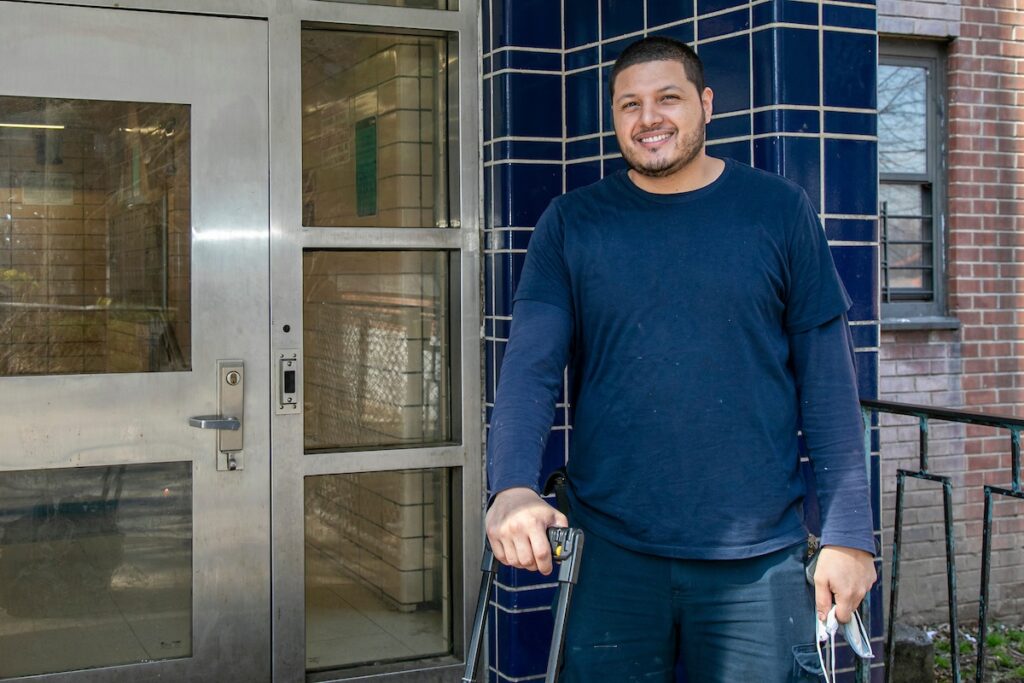
By scheduling all work for an apartment in one call, the reformed system limits the number of job tickets issued, allowing for a “smoother” process that enables maintenance workers to get more work orders completed, Mr. Villacis explained.
In addition, workers are now assigned to a specific development, which Mr. Villacis called the “best part,” as it eliminates the need to travel between sites and allows workers to become more familiar with the development’s needs.
“You get to know the residents a lot better and you’re able to help them,” he noted.
With NYCHA’s effective rollout of Work Order Reform in Queens and Staten Island, Ms. Whitehead said the Authority is validating its efforts to improve the delivery of services to residents.
“It’s showing they care about the people,” she said. “I’m very pleased with them.”
Ms. Allen agreed: “It’s all about customer service; the residents are our customers, and it’s showing that we’re doing what we can to make it better for the residents to try to make it as easy as possible for them to schedule any work needed in their apartment.”
Following the rollout in Queens and Staten Island, NYCHA launched the program in the Bronx in March, and it will be in place across the city by the end of the year.

